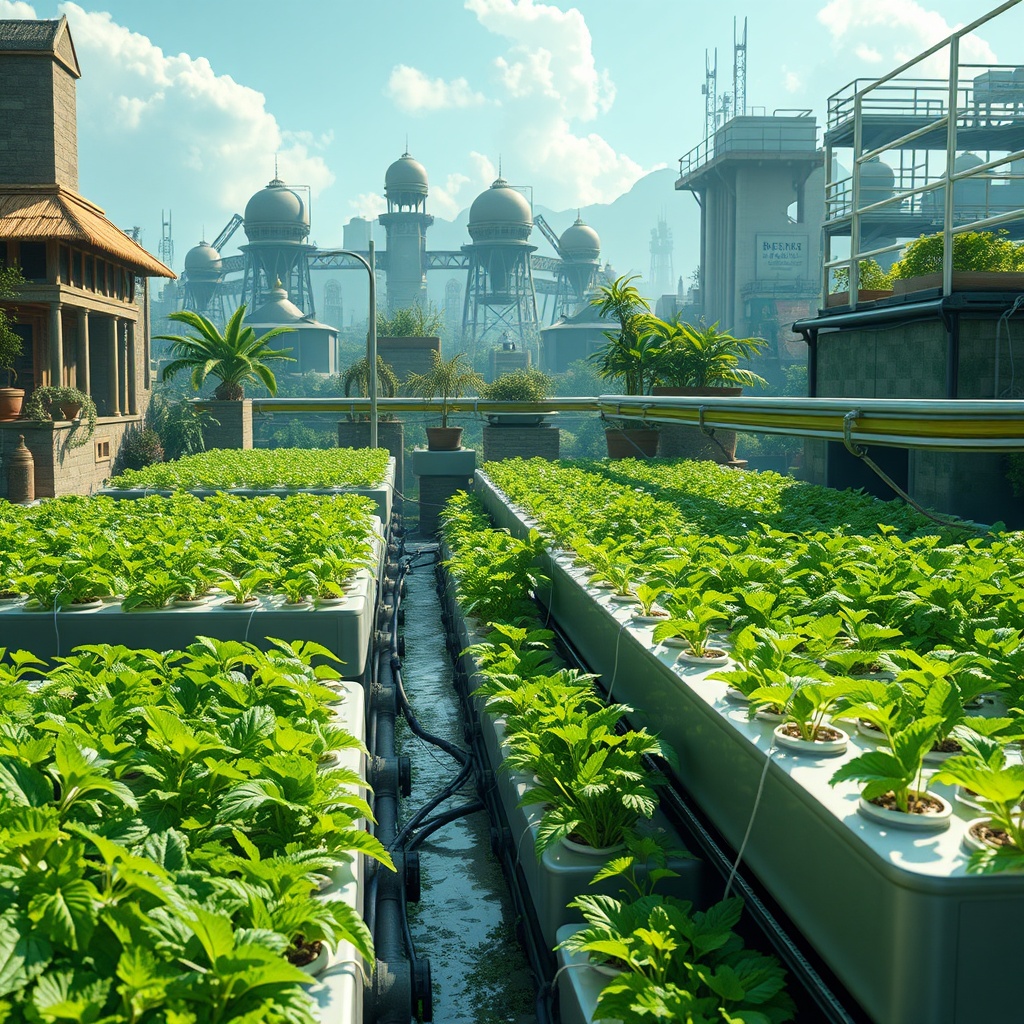Roots of Hydroponics: Ancient Practices

Hydroponics, a term derived from the Greek words for ‘water’ and ‘to work’, has roots that stretch back thousands of years. While the term itself was coined in the 1930s, the practice of growing plants without soil can be traced to ancient civilizations. The Hanging Gardens of Babylon, one of the Seven Wonders of the Ancient World, is often cited as an early example of hydroponic-like systems, where plants were cultivated using a sophisticated irrigation method that ensured a constant supply of water.
As time progressed, various cultures began to explore soil-less cultivation techniques. The Aztecs, for instance, developed floating gardens known as ‘chinampas’ in the shallow lake waters of Mexico, allowing them to grow food efficiently in a challenging environment.
Modern Developments: The Science Behind Soilless Growth

The 20th century heralded a new era for hydroponics, fueled by scientific advancements and an increasing demand for sustainable agriculture. In the 1930s, researchers like Dr. William Frederick Gericke, who is often referred to as the father of hydroponics, began experimenting with nutrient solutions that could replace soil, leading to the development of various hydroponic systems.
Today, hydroponics encompasses a range of techniques, each with its own advantages. From nutrient film technique (NFT) to aeroponics, these systems have revolutionized how we think about food production. Hydroponics allows for year-round cultivation, maximizes space utilization, and significantly reduces water usage compared to traditional farming methods.
Comparing Hydroponic Techniques: A Brief Overview
As hydroponics has evolved, several distinct systems have emerged, each catering to different needs and environments. Below is a concise overview of the most popular hydroponic techniques:
- Nutrient Film Technique (NFT): A continuous flow of nutrient solution is circulated over the roots of plants, ensuring they receive adequate nourishment.
- Deep Water Culture (DWC): Plants are suspended in a nutrient-rich solution, with their roots submerged, allowing for rapid growth.
- Aeroponics: Roots are suspended in air and misted with nutrient solutions, promoting optimal oxygen absorption.
- Drip Systems: A drip emitter delivers a controlled amount of nutrient solution directly to the base of each plant.
These techniques demonstrate the flexibility and adaptability of hydroponic systems, showcasing how they can meet the demands of various agricultural challenges.




